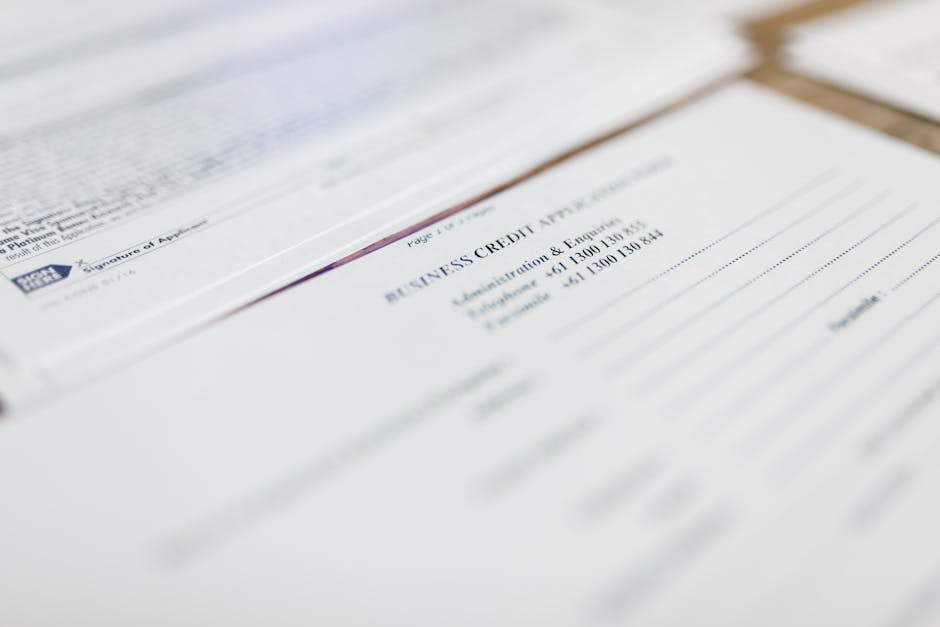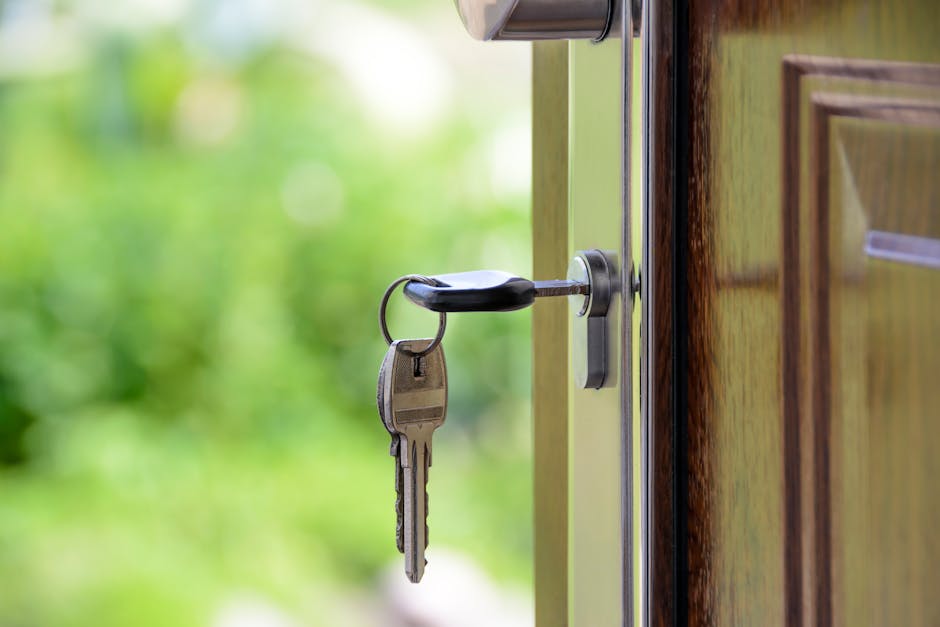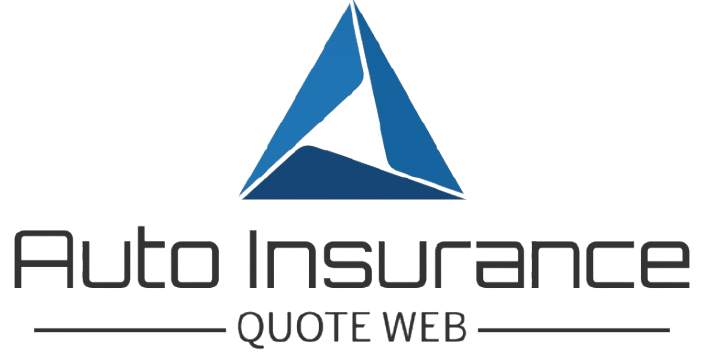The Importance of Gap Insurance
Insurance is a vital component of financial planning, protecting individuals from unforeseen circumstances and providing a safety net in times of need. While many are familiar with common types of insurance such as health, auto, and home insurance, there is one lesser-known but equally important type that often gets overlooked: gap insurance. In this comprehensive guide, we will explore the significance of gap insurance, its benefits, and why it is a crucial addition to your insurance portfolio.
Understanding Gap Insurance

Gap insurance, also known as guaranteed asset protection insurance, is a type of coverage that fills the “gap” between what you owe on a vehicle loan or lease and the actual cash value of the vehicle. In the event of a total loss due to theft or accident, standard auto insurance policies typically only cover the actual cash value of the vehicle, which may be less than what you owe on the loan. This is where gap insurance steps in, covering the difference and preventing the policyholder from being financially burdened.
The Importance of Gap Insurance for Vehicle Owners

For many individuals, a vehicle is one of the most significant investments they will make. Whether it’s a new car or a used one, having gap insurance can provide peace of mind and financial protection in case of unforeseen circumstances. Here are some reasons why gap insurance is essential for vehicle owners:
Depreciation
One of the main reasons why gap insurance is crucial is depreciation. As soon as a new vehicle is driven off the lot, it starts to depreciate in value. In the unfortunate event of a total loss, the insurance payout may be significantly lower than what is owed on the loan, especially in the early years of ownership. Without gap insurance, the vehicle owner would be responsible for paying the difference out of pocket.
Leased Vehicles
For individuals who lease a vehicle, gap insurance is often a requirement by the lessor. Since lease agreements come with specific terms and conditions, including maintaining a certain level of insurance coverage, having gap insurance ensures that the lessee is in compliance with the lease agreement. In the event of a total loss, gap insurance can save the lessee from having to pay the remaining lease balance.
High-Risk Drivers
Drivers who have a history of accidents or traffic violations may be considered high-risk by insurance companies, resulting in higher premiums. In the unfortunate event of a total loss, the gap between the insurance payout and the loan amount can be substantial. Gap insurance provides an additional layer of protection for high-risk drivers, ensuring that they are not left with a significant financial burden.
No Down Payment
Some individuals may finance a vehicle without making a down payment or with a minimal down payment. In such cases, the loan amount may exceed the actual cash value of the vehicle, especially in the early stages of ownership. Gap insurance can cover the shortfall and prevent the vehicle owner from facing financial hardship in the event of a total loss.
Types of Gap Insurance Coverage

There are two main types of gap insurance coverage: new car replacement coverage and loan/lease payoff coverage.
New Car Replacement Coverage
New car replacement coverage is designed for individuals who have purchased a new vehicle. In the event of a total loss within a specified timeframe, typically the first year of ownership, the insurance company will replace the vehicle with a brand-new one of the same make and model. This type of coverage is ideal for those who want to protect their investment and ensure that they are not financially impacted by depreciation.
Loan/Lease Payoff Coverage
Loan/lease payoff coverage is more common and covers the difference between the remaining loan balance and the actual cash value of the vehicle. This type of coverage is beneficial for individuals who have financed a vehicle or leased one. In the event of a total loss, loan/lease payoff coverage ensures that the policyholder is not responsible for the remaining balance.
How Gap Insurance Works

Understanding how gap insurance works is essential to grasp its importance. Consider the following scenario:
Sam purchases a new car for $30,000 with a loan from the bank. After a year of ownership, the car is totaled in an accident. The insurance company determines that the actual cash value of the vehicle at the time of the accident is $25,000. However, Sam still owes $28,000 on the loan. Without gap insurance, Sam would be responsible for paying the $3,000 difference out of pocket. With gap insurance, the policy would cover the $3,000 shortfall, saving Sam from a financial burden.
Expert Opinions on Gap Insurance
Industry experts emphasize the importance of gap insurance for vehicle owners, especially those who have financed or leased a vehicle. According to John, an insurance agent with over 10 years of experience, “Gap insurance is a valuable addition to any auto insurance policy, providing financial protection and peace of mind in case of a total loss. I always recommend gap insurance to my clients to ensure that they are adequately covered.”
Having expert opinions on the significance of gap insurance can help individuals make informed decisions when selecting insurance coverage for their vehicles. Consulting with insurance professionals and seeking their advice can provide valuable insights and recommendations tailored to specific needs and circumstances.
Common Misconceptions About Gap Insurance
Despite its importance, there are some common misconceptions about gap insurance that may deter individuals from purchasing this coverage. One prevalent misconception is that gap insurance is only necessary for new vehicles. While new car replacement coverage is designed for new vehicles, loan/lease payoff coverage is beneficial for all types of vehicles, regardless of age.
Another misconception is that gap insurance is costly. In reality, the cost of gap insurance is relatively low compared to the potential financial loss in the event of a total loss. Investing in gap insurance can provide significant savings and protection, making it a worthwhile addition to any insurance policy.
Comparative Analysis: Gap Insurance vs. Comprehensive Coverage
Some individuals may question the necessity of gap insurance when they already have comprehensive coverage. While comprehensive coverage provides protection against a wide range of risks, including theft, vandalism, and natural disasters, it does not cover the gap between the loan amount and the actual cash value of the vehicle in the event of a total loss.
Comparing gap insurance to comprehensive coverage highlights the unique benefits of each type of insurance. While comprehensive coverage is essential for protecting the vehicle from various risks, gap insurance fills the specific gap related to loan/lease balances. By combining both types of coverage, vehicle owners can ensure comprehensive protection and financial security.
Frequently Asked Questions About Gap Insurance
1. Is gap insurance required by law?
Gap insurance is not required by law, but it may be required by the lender or lessor when financing or leasing a vehicle. It is essential to check the terms of the loan or lease agreement to determine if gap insurance is mandatory.
2. Can gap insurance be purchased at any time?
Gap insurance can typically be purchased at any time, but it is recommended to add it at the time of vehicle purchase or lease. Adding gap insurance early ensures continuous coverage and maximum protection in case of a total loss.
Conclusion
Gap insurance is a valuable addition to any insurance portfolio, providing financial protection and peace of mind for vehicle owners. By covering the gap between the loan amount and the actual cash value of the vehicle, gap insurance safeguards individuals from significant financial losses in the event of a total loss. Understanding the importance of gap insurance and its benefits can help individuals make informed decisions when selecting insurance coverage for their vehicles. Whether you have financed, leased, or own a vehicle, investing in gap insurance is a wise decision that can save you from potential financial hardship.
Long story short, gap insurance is not just an optional add-onit is a vital component of comprehensive insurance coverage that ensures you are fully protected in unforeseen circumstances. Consider adding gap insurance to your insurance policy to safeguard your financial well-being and enjoy peace of mind on the road.




